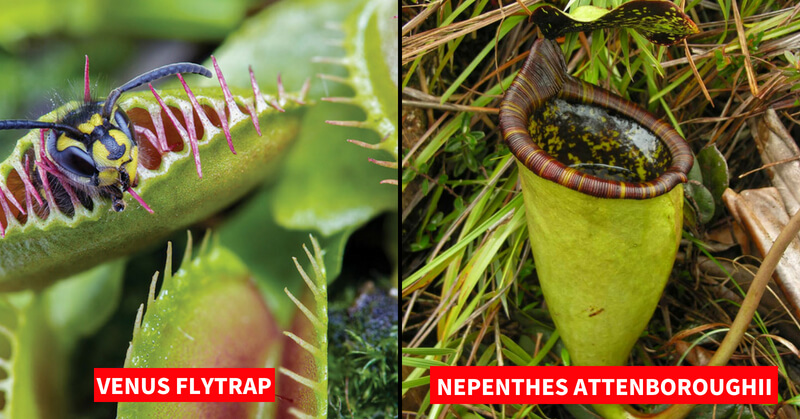7. Red Tide – Discolors The Water

Popularly known as algal bloom, it is a phenomenon in which algae exists in such high concentrations that it discolors the water. Algal blooms effects can be fatal to sea creatures and humans who consume seafood contaminated with the toxin. Their decomposing process can deplete the water of oxygen, forcing animals to relocate or die.
8. Death Camas – Highly Poisonous
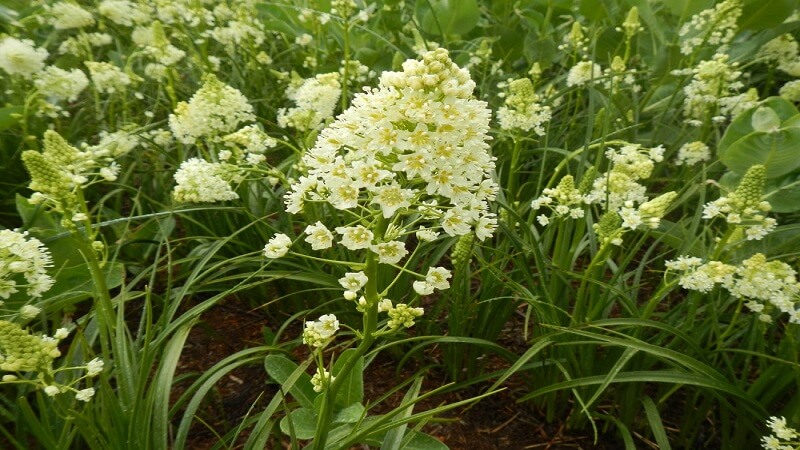
Death camas that has the scientific name Toxicoscordion Venenosum is highly toxic. All parts of death camas like the stem, leaves, flowers, and its onion-lookalike bulbs contain the poisonous alkaloid zygadenine. If you consume this plant in amounts, you will endure drooling, vomiting, diarrhea, decreased blood pressure, weakness and possibly a seizure or a coma.
9. Cuscuta – Strangle Weed
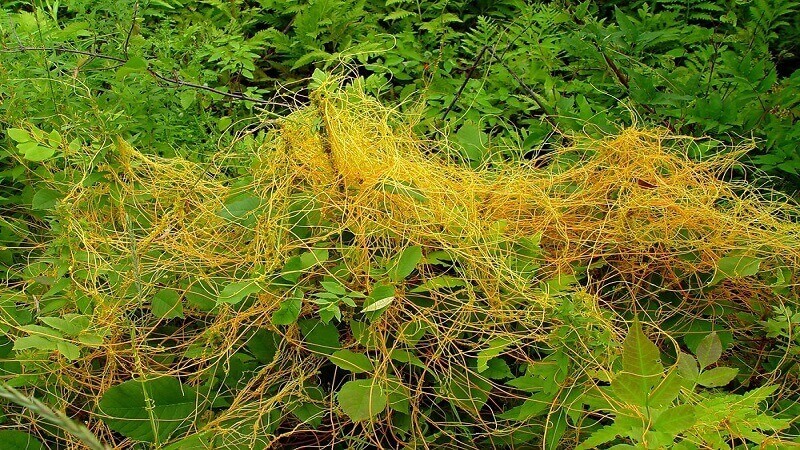
Cuscuta, also known as Dodder Vine has a folk name “strangleweed” because it wraps itself around other plants and inserts itself into their vascular systems. It is also called devil’s guts, devil’s hair, devil’s ringlet, and witch’s hair. However, scientists say that Cuscuta can’t perform photosynthesis as it is devoid of chlorophyll. So, it has a parasitic mode of nutrition. It is fully dependent for its nutrition on host plant on which it climbs.
10. Angel’s Trumpet – Has Hallucinogenic Properties
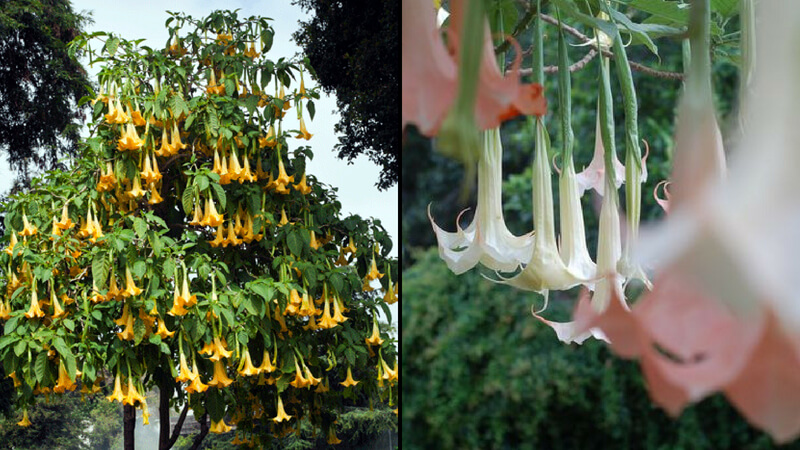
Popularly known as Brugmansia, all parts of this plant are poisonous. It can cause paralysis, diarrhea, migraines, hallucinations, confusion, and death. Some people drink Brugmansia tea for its hallucinogenic properties. However, the effects of Brugmansia are unpleasant, and it’s almost impossible to determine a safe amount to consume. People still grow the plant for its medical benefits, but doctors say that pets should be kept away from plants, and wash your hands after handling cut stems.
11. Gympie Gympie Tree – Releases Poison
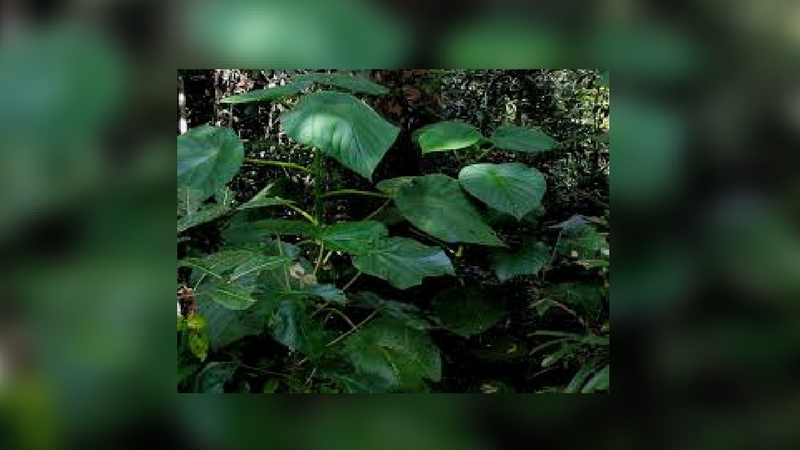
Gympe gympie or Dendrocnide Excelsa is the most painful tree. Its stinging hairs deliver a potent neurotoxin and severe sting from the tree can even be fatal to humans. Touching the plant causes aching joints, burning sensation, and swelling under the armpits. If you are stung by the gympie gympie tree, make sure you remove the hairs or else they will keep releasing the poison.
12. Bladderwort – Traps Aquatic Creatures
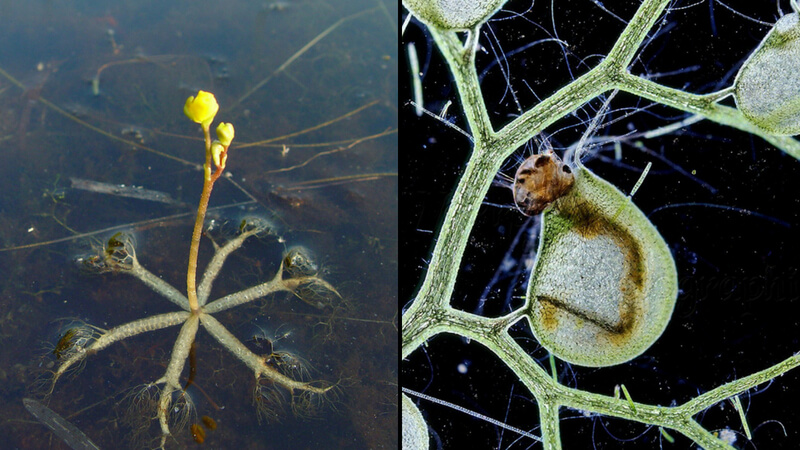
Also called Utricularia, the underwater leaves of the bladderwort form a “bladder” that traps small aquatic creatures. The bladder works similar to a vacuum and has an incredibly sophisticated trapping mechanism. It can survive anywhere, typically in wet soil, but sometimes floating in the water.
Surprising, isn’t it? Do you know any other plants that can kill animals and birds? Share us in the comments. Not all plants are dangerous. There are some ayurvedic herbs that can slow down the aging process.


